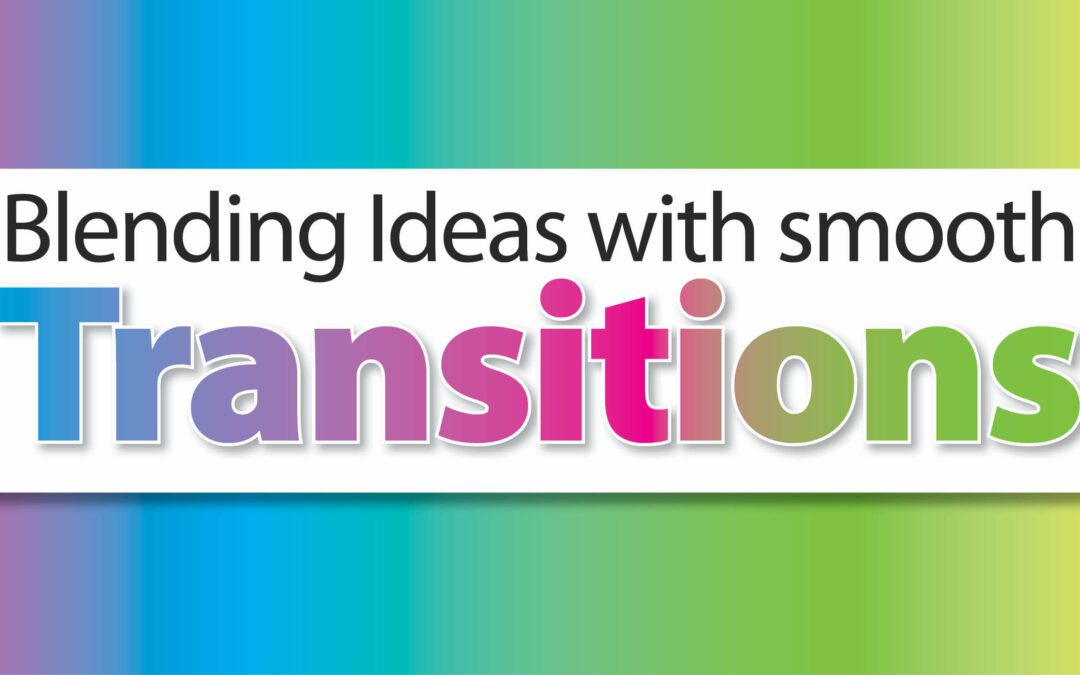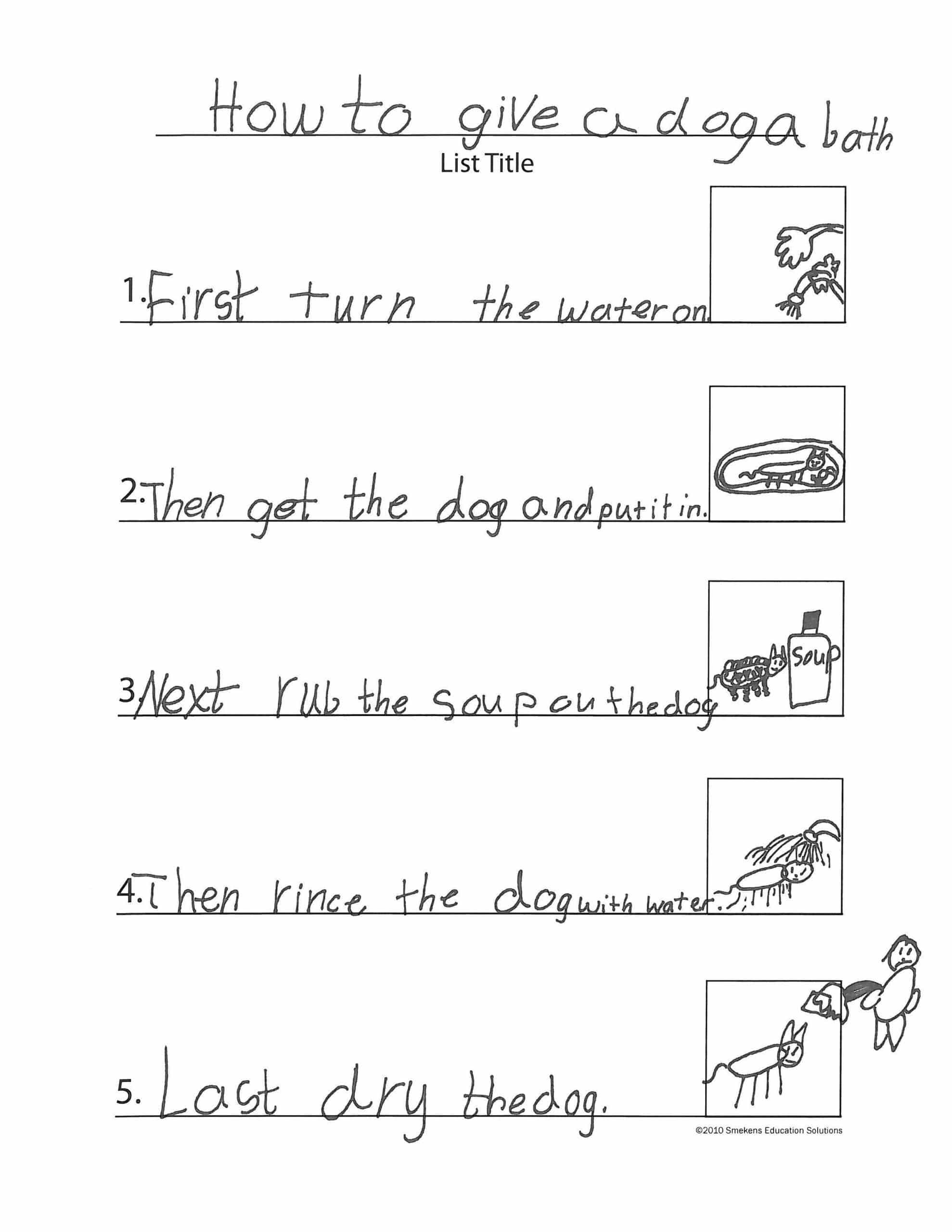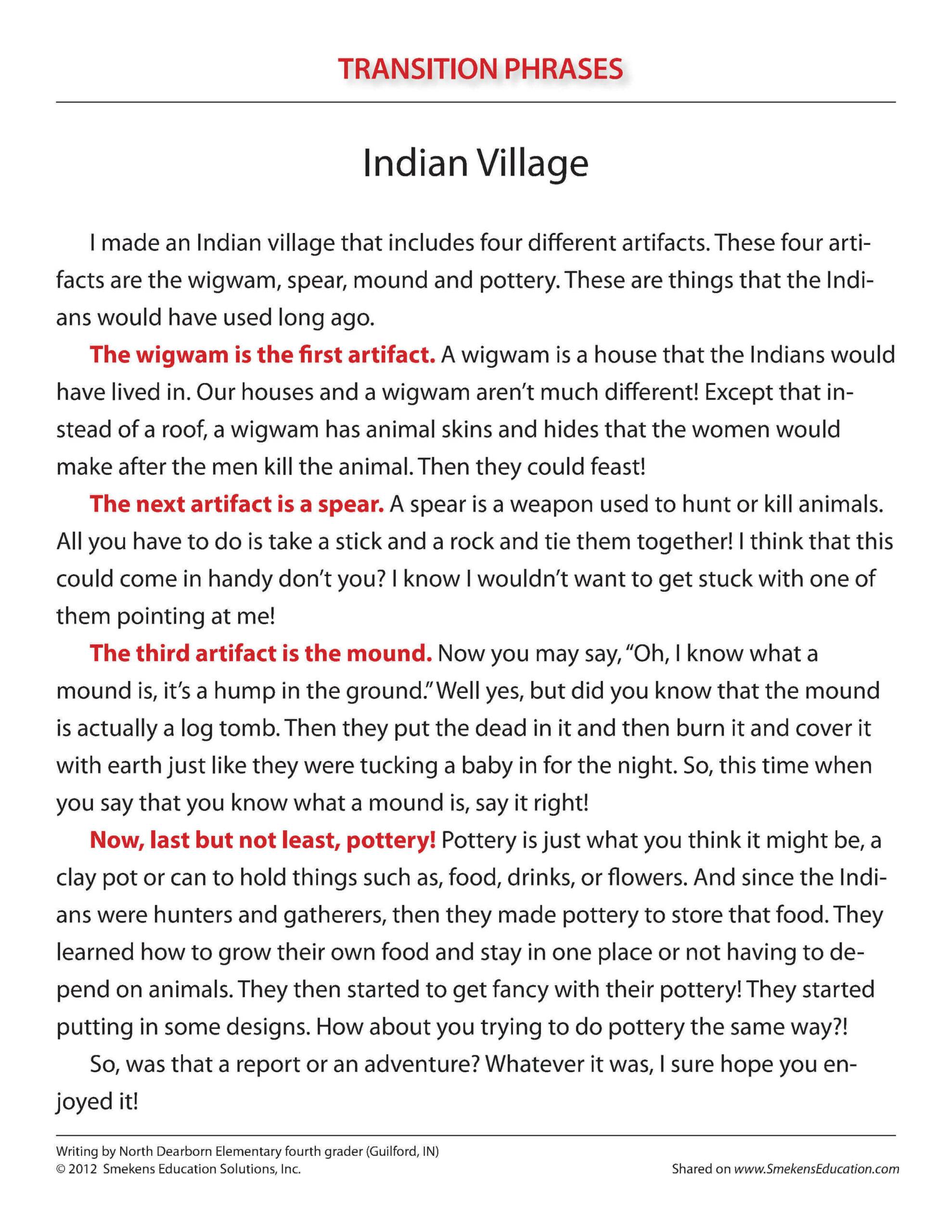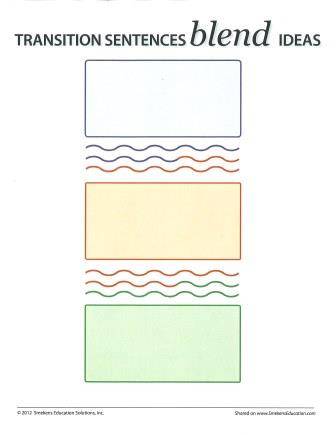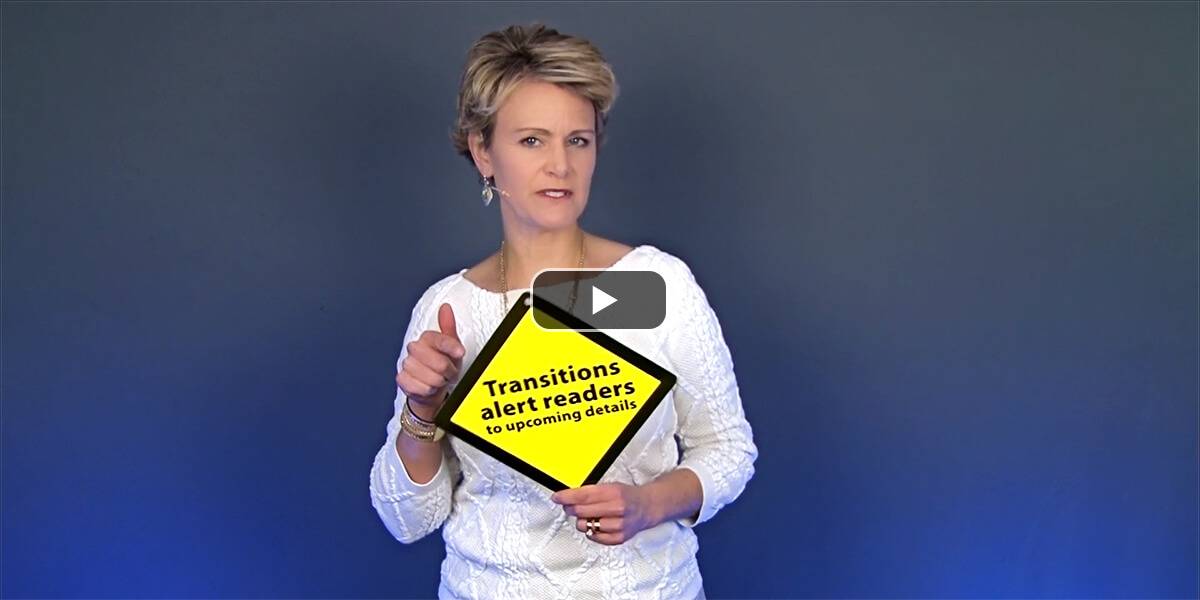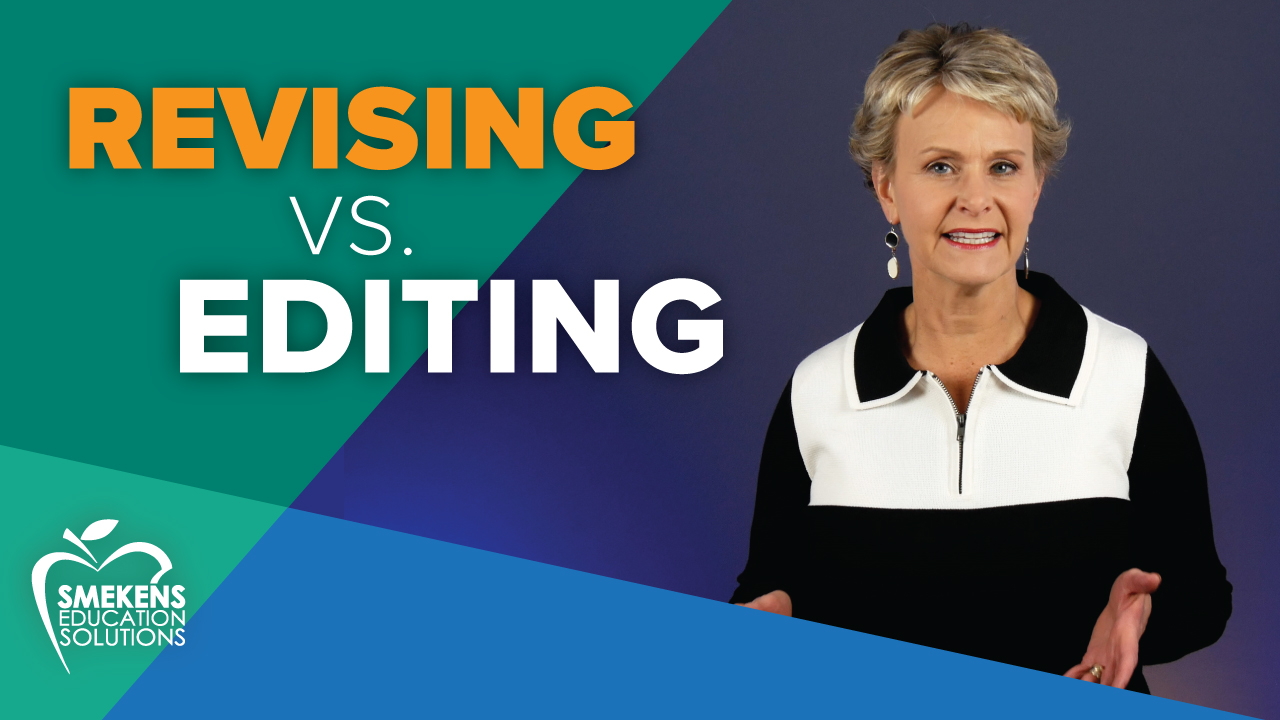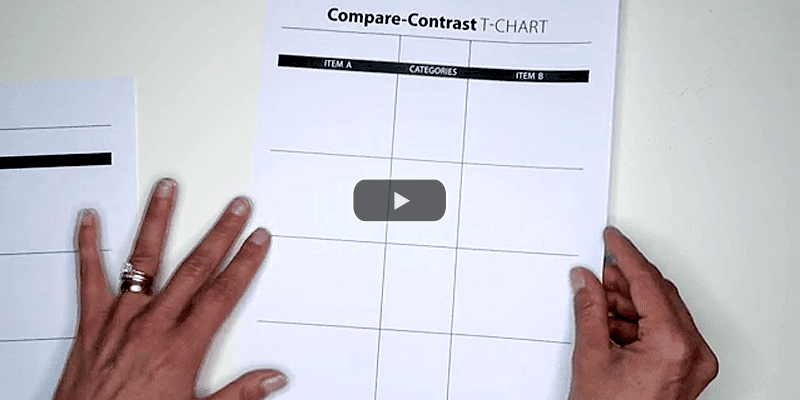Learning Center
Advance from transition words to phrases to sentences
april 15, 2017
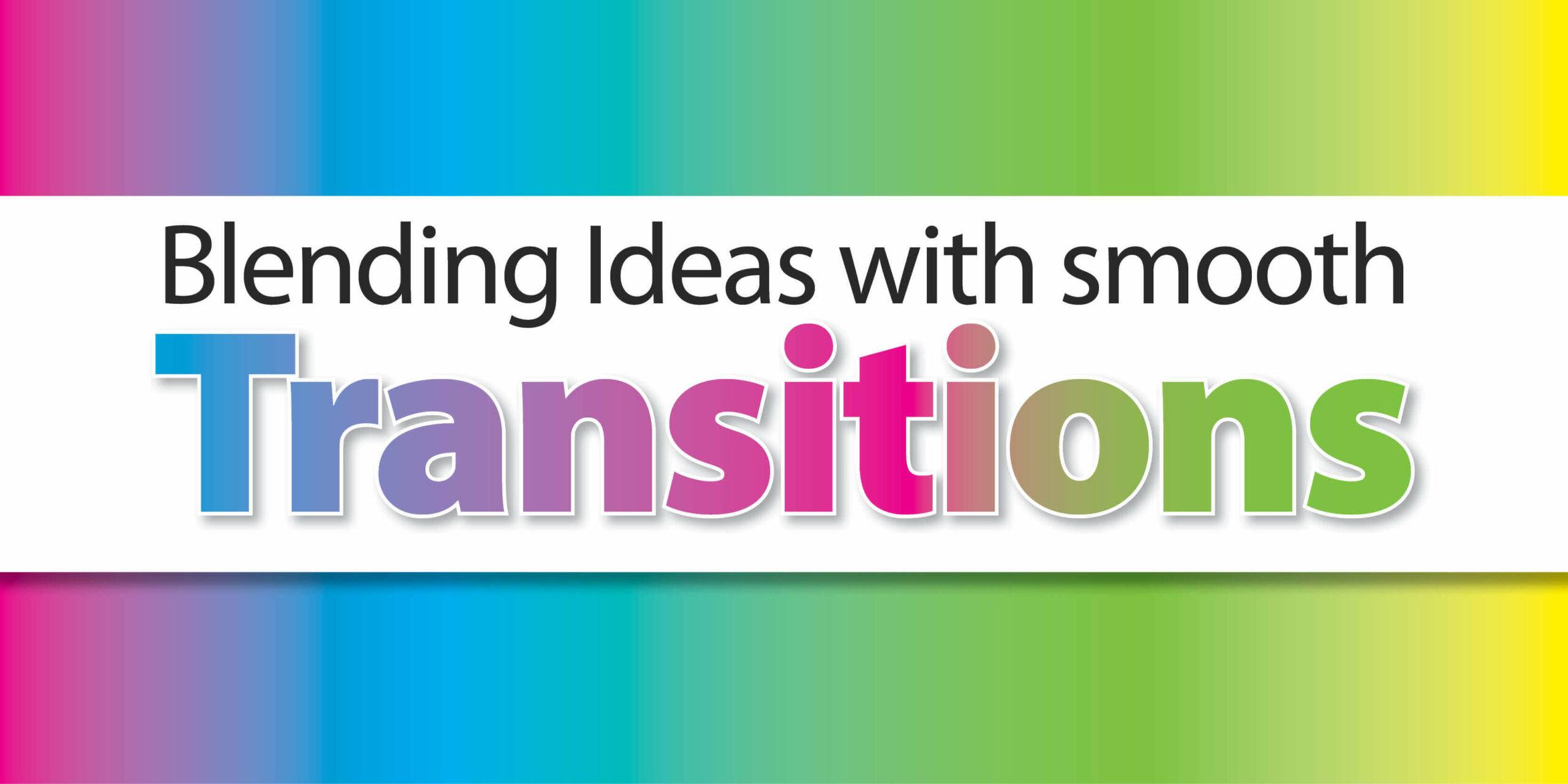
Like road signs let a driver know what kinds of twists and turns to expect next, transitions help the reader know what kind of information to expect next. Strong writing requires more than just kerplunking Then or Next here and there. Students need intentional mini-lessons to address this organizational skill.
Early transition words
Anticipate primary writers to begin linking ideas together using single words like and, so, and then. These are their first attempts at connecting ideas. It’s a young writer’s way of letting his readers know that he has more to say. A worthwhile mini-lesson would focus on building a bank of sequence or time-order transition words (e.g., first, then, later, last, etc.). Later, teach students to vary these words so they aren’t linking 14 Thens in a row! Collect anchor papers so you can reveal the skill done well. (See How to give a dog a bath.)
Transition phrases
Then move intermediate writers from using transition words to more sophisticated phrases. This will make the transition from one idea to another a little less abrupt (e.g., Rather than Second, write A second step, Rather than Later, write Later that day, etc.). Use your reading to point out these phrases. Ask students to collect various examples of second or later used within transition phrases. Help them not only understand the gentler approach to a phrase, but also the myriad of ways they could utilize different phrases to say the same thing. This will be a great resource later.
Once intermediate students find transitions in their reading, have them return to a previous writings. Challenge students to convert the typical time-order words in their drafts to phrases. These phrases are a much more sophisticated application of a common skill.
Sentence transitions
Middle school and high school students should be moving from writing transition phrases to writing full sentences that bridge one idea to the next. A transition sentence includes two parts: 1) Remind the reader what you were addressing in the previous paragraph, and 2) How it relates to the next paragraph’s main idea.
Compare this transition sentence to multi-colored yarn. Consider each solid color on the yarn as its own paragraph. And between each solid color is a blend of the two colors. Just as the variegated yarn blends one color to the next, the writer should blend one idea to the next using a transition sentence. Here’s an anchor paper that is color-coded. Note the two-toned and emboldened transition sentence between every paragraph.
Teach students that their ideas are like destinations on a road map. Their job is to get the reader from Point A to Point B using road signs. Those road signs alert the reader of the kind of information to expect next. Provide readers a smoother transition so they experience a gentle ride through your ideas.

